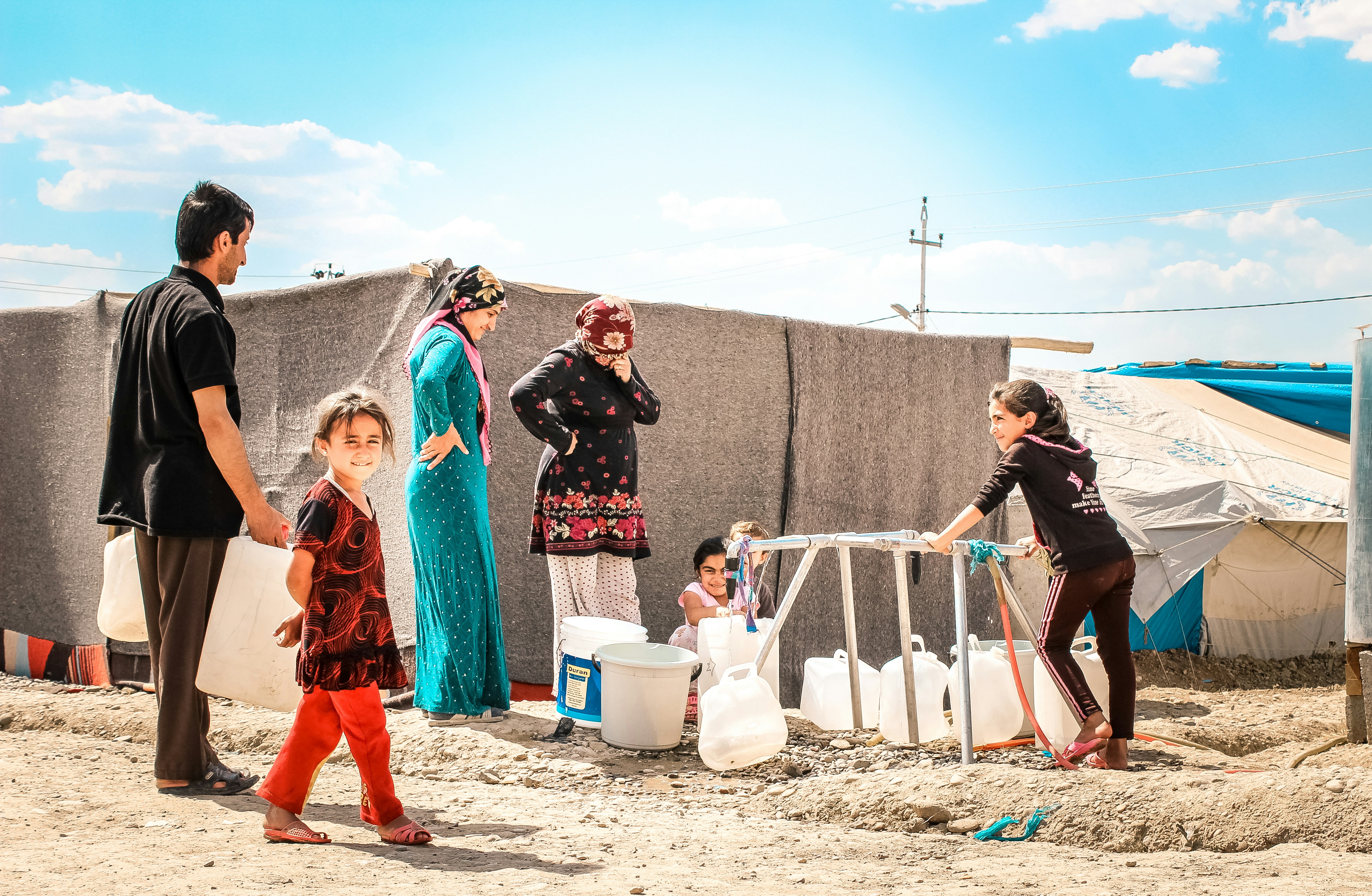Eyewitness Video Captures Boulder Mall Attack: A Day of Terror

Photo by Emily Morter on Unsplash
The Boulder Mall Incident
On a seemingly peaceful day in Boulder, Colorado, a community event aimed at raising awareness and support for Israeli hostages drew a hopeful crowd to a local mall. Families and friends gathered, united by a common cause that promoted solidarity and compassion. The atmosphere buzzed with camaraderie as attendees shared stories and made plans to advocate for those in distress. However, the tranquility of the occasion was abruptly shattered, transforming an event of unity into a day of terror.
As participants engaged in heartfelt discussions and exchanged encouraging words, an unusual sense of apprehension crept into the environment. In a matter of moments, an unforeseen event unfolded, plunging the Boulder Mall into chaos. The sudden eruption of violence disrupted the gathering, leading to confusion and distress among the unsuspecting attendees. Reports surfaced of a rapidly escalating situation, as well-meaning citizens found themselves in the midst of a dangerous confrontation.
The juxtaposition of the initial peaceful atmosphere with the ensuing turmoil magnified the sense of fear and shock. Witnesses described horrific scenes that included rapid sirens, frantic individuals attempting to flee, and the chilling realization of danger lurking where there had once been laughter and camaraderie. Boulder, Colorado, a community typically known for its quiet charm and inviting spaces, was now transformed into a scene of panic. The residents were left grappling with uncertainty as they faced a stark reality—violence had intruded into their very own community event.
Nature of the Attack: Eyewitness Accounts
The harrowing events at the Boulder, Colorado mall unfolded rapidly, leaving witnesses in a state of shock and disbelief. Eyewitnesses described the initial moments of terror as the assailant executed an unexpected and brutal attack. Witnesses reported the first sign of danger with the sound of glass shattering as the attacker hurled Molotov cocktails into the crowded mall. Flames erupted instantly, igniting chaos and panic among shoppers who were enjoying their day in the bustling commercial environment.
Many individuals recounted the visceral fear that gripped the crowd as they witnessed horrific scenes unfold before their eyes. One eyewitness detailed how several shoppers instinctively sought shelter behind store displays, while others ran towards the exits in a desperate attempt to escape the escalating violence. The cries and screams of terrified patrons filled the air, creating an atmosphere charged with confusion and urgency. People were not only fleeing but also trying to help those who had been caught in the flames, further illustrating the collective instinct to aid one another amidst the chaos.
Several accounts highlighted the bravery of bystanders who immediately sprang into action, attempting to extinguish fires on fellow shoppers with nearby items, including jackets and water. This made it clear that amidst the overwhelming fear, there were acts of heroism occurring in Boulder, Colorado, as individuals risked their safety to assist others. Eyewitnesses emphasized the profound emotional impact of the scene, with many stating that the sights and sounds from that day would haunt them for years to come. As testimonies continue to emerge, they offer a sobering reminder of the fragility of safety in public spaces and the unpredictable nature of violence.
Victims and Emergency Response
The recent attack at a mall in Boulder, Colorado, has left a profound impact on the community and highlighted the vulnerabilities that individuals face in public spaces. Victims ranged in ages from 52 to 88 years old, reflecting the indiscriminate nature of the tragedy. Among them, some suffered from minor injuries such as cuts and bruises, while others faced critical conditions requiring immediate medical attention. It is a stark reminder of how such acts can affect people of all ages and backgrounds.
Emergency services were quick to respond to the distressing situation. First responders, including paramedics and law enforcement, arrived at the scene to assess and assist those in need. Their training and preparation were crucial in managing the chaotic environment as victims were escorted to safety. Medical personnel worked diligently to triage the injured, prioritizing those with life-threatening injuries to receive treatment first. The coordination among various emergency services was commendable, emphasizing the importance of such preparedness in times of crisis.
The medical facilities in Boulder were also put to the test as they braced for the influx of patients. Healthcare professionals mobilized to provide the required care, demonstrating a strong commitment to the wellbeing of the injured. The swift action of the emergency response teams undoubtedly saved lives and offered reassurance to a community grappling with fear and uncertainty. As the investigation into the events unfolds, the bravery displayed by first responders and the resilience of the victims and their families serve as a poignant reminder of the human spirit in the face of adversity. This tragic day in Boulder, Colorado, will linger in the memories of many, showcasing the need for continued vigilance and support within the community.
Investigation and Implications: A Suspected Act of Terrorism
The tragic events that unfolded in Boulder, Colorado, have caught the attention of federal and state authorities, prompting an extensive investigation led by the FBI. As the investigative team examines the circumstances surrounding the attack, it has raised significant concerns regarding potential links to terrorism. This incident, classified as a suspected act of terrorism, has implications that extend far beyond the immediate community, stirring a national dialogue on public safety.
Local and national law enforcement agencies are working collaboratively to uncover the motivations behind the attack. This collaborative effort underscores the importance of rapid response and the need for preparedness in the face of threats to public safety. The investigation is focused not only on the perpetrator’s background but also on identifying any possible connections to broader motivations that may align with extremist ideologies. Such considerations are crucial, particularly for communities like Boulder, Colorado, that pride themselves on being inclusive and welcoming.
The implications of this attack on society are profound. This incident serves as a stark reminder of the vulnerability public spaces face amid increasing incidents of violence. Communities across the country must grapple with the challenge of hosting events that promote unity while ensuring the safety of participants. The Boulder incident raises questions about how to balance freedom of assembly with the need for security measures and crowd safety protocols.
Furthermore, the societal response to violence in public spaces can significantly influence community cohesion and emotional wellbeing. As individuals reflect on the Boulder, Colorado attack, many may experience heightened anxiety regarding their safety in similar environments. The collective approach to healing and resilience will play a pivotal role in shaping how residents engage with public events moving forward.







